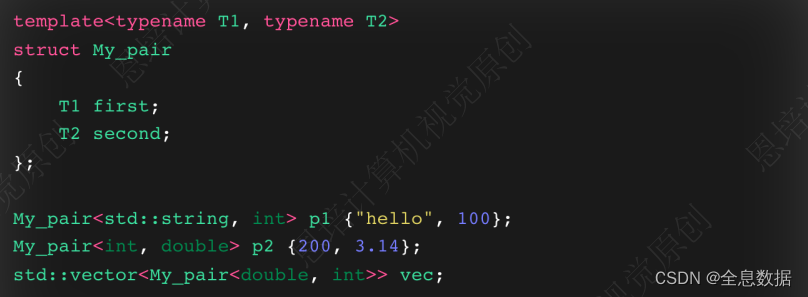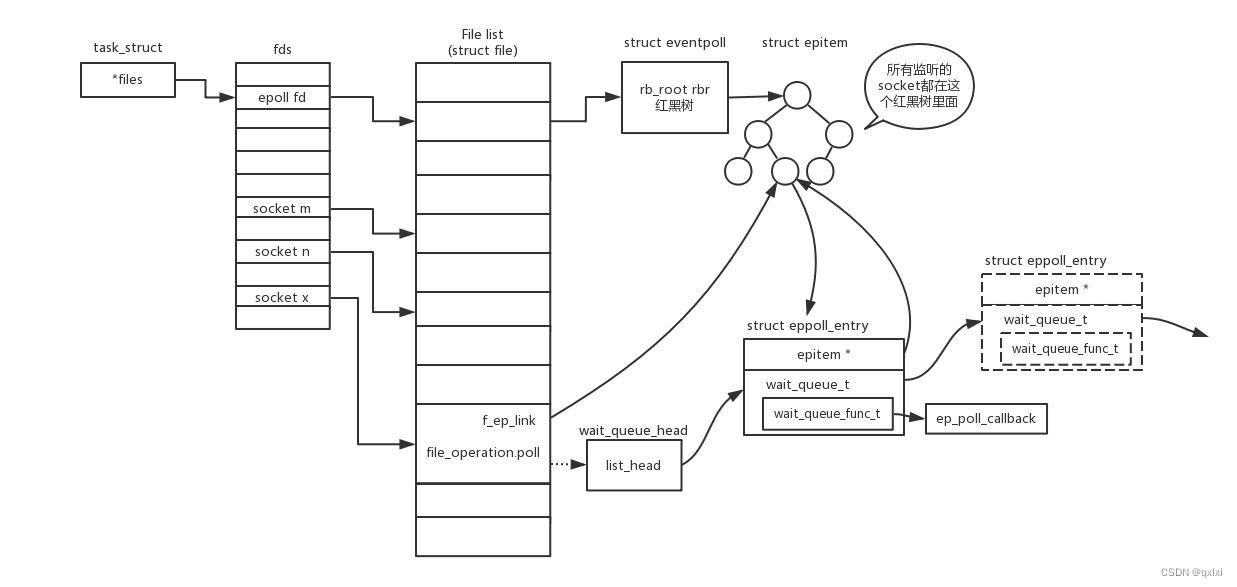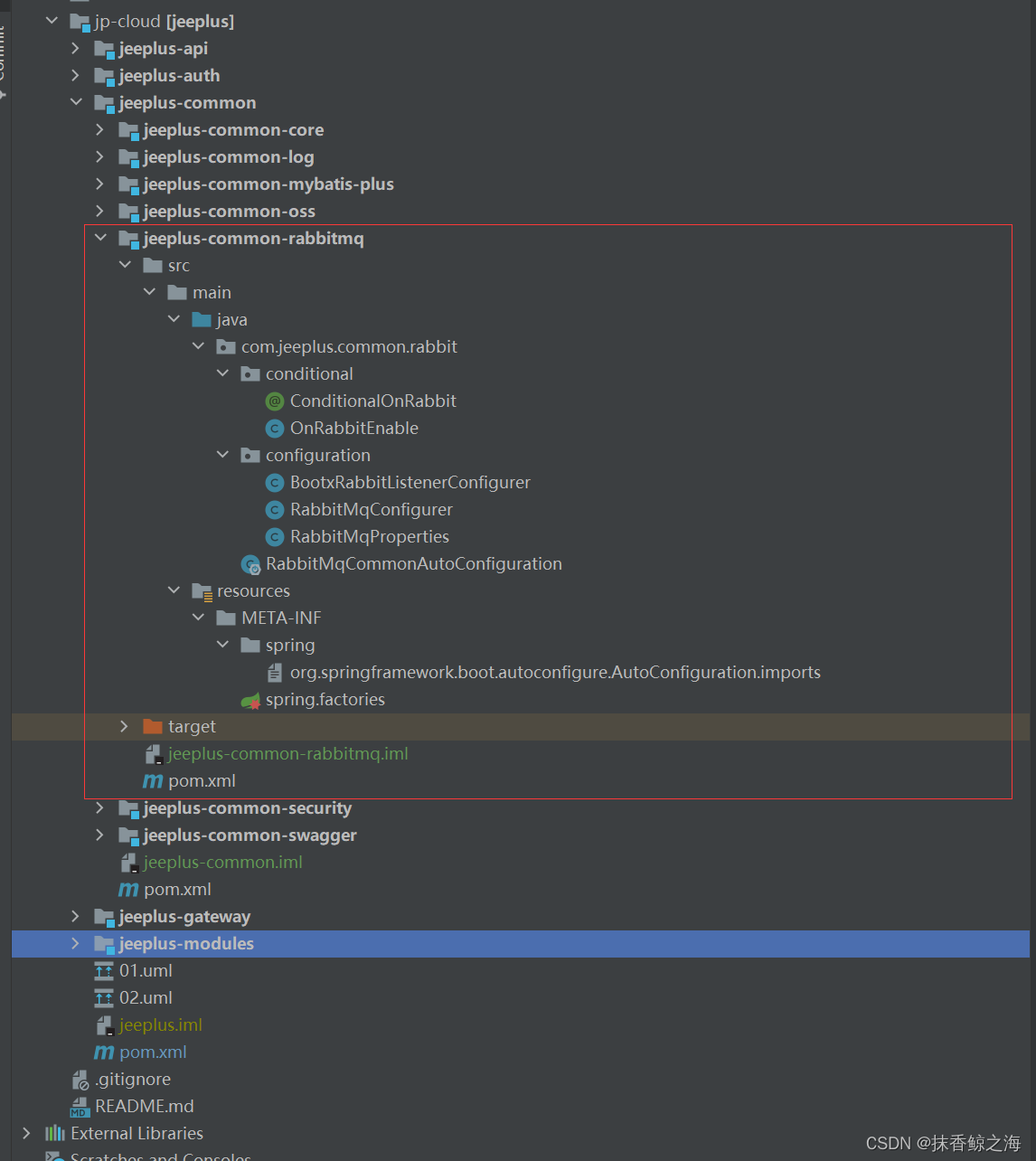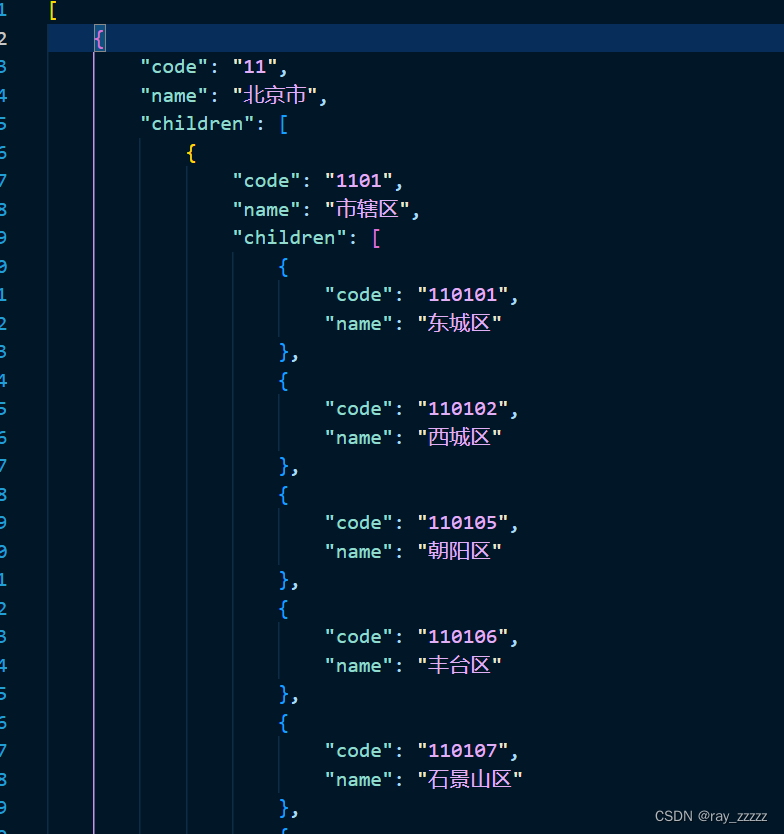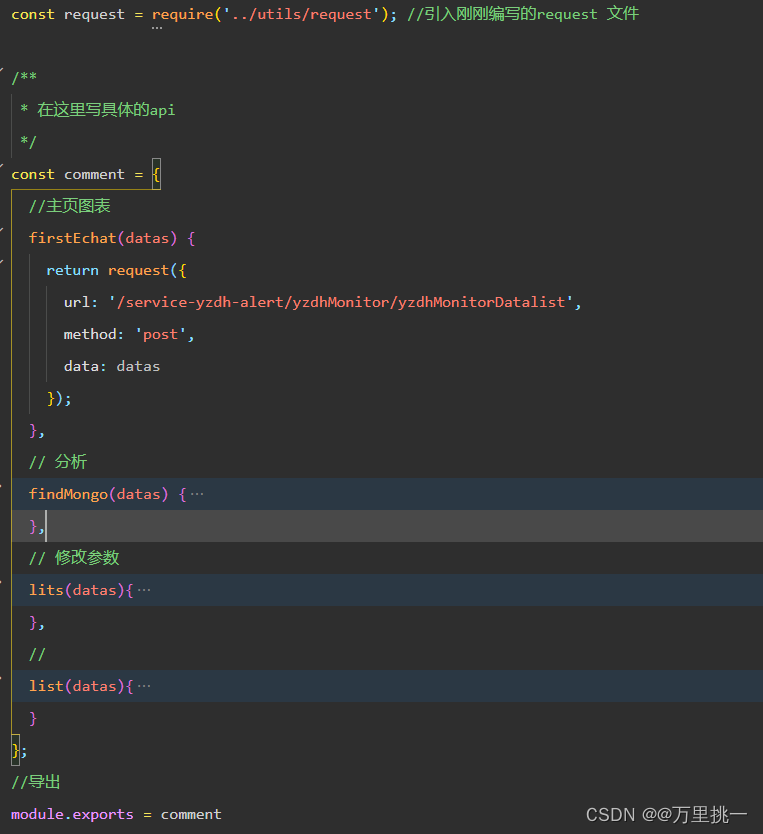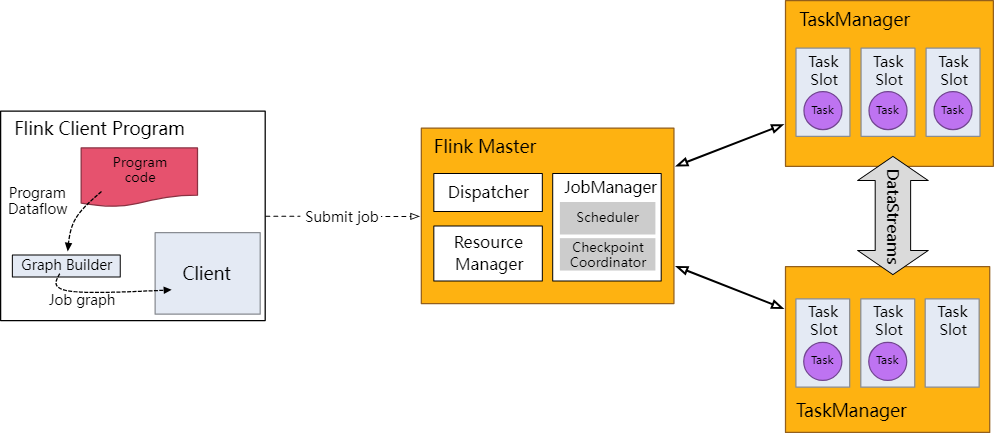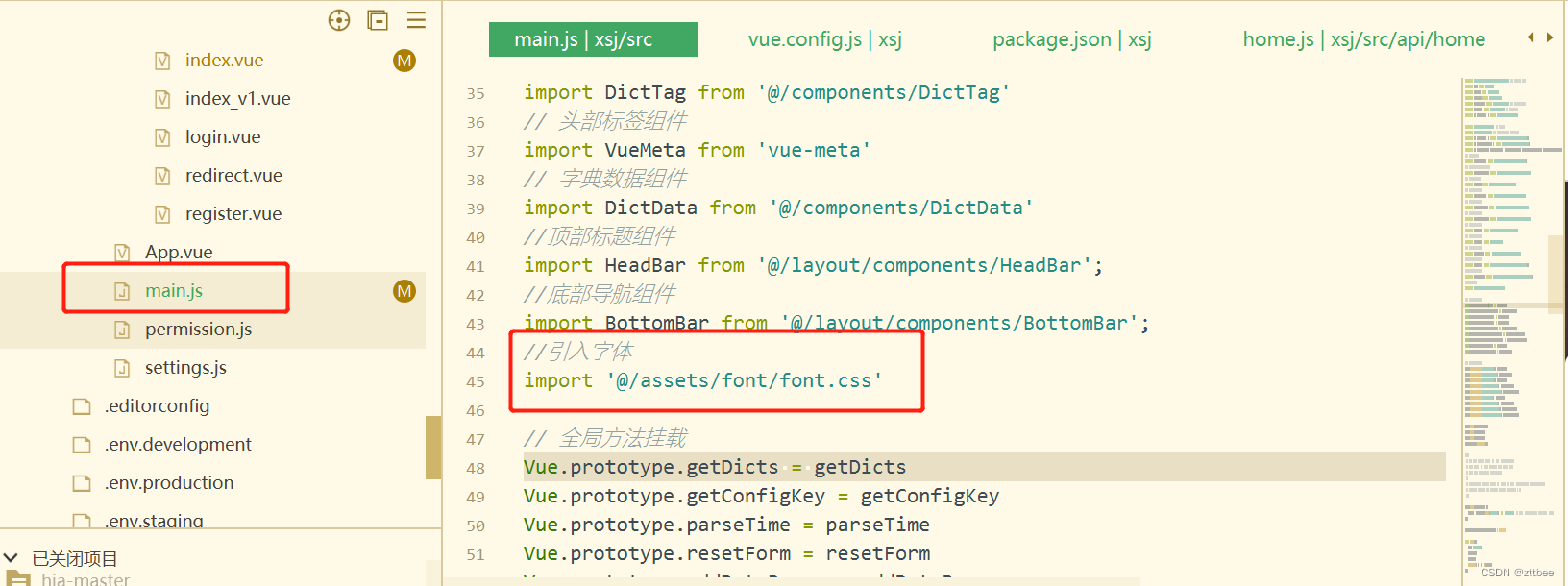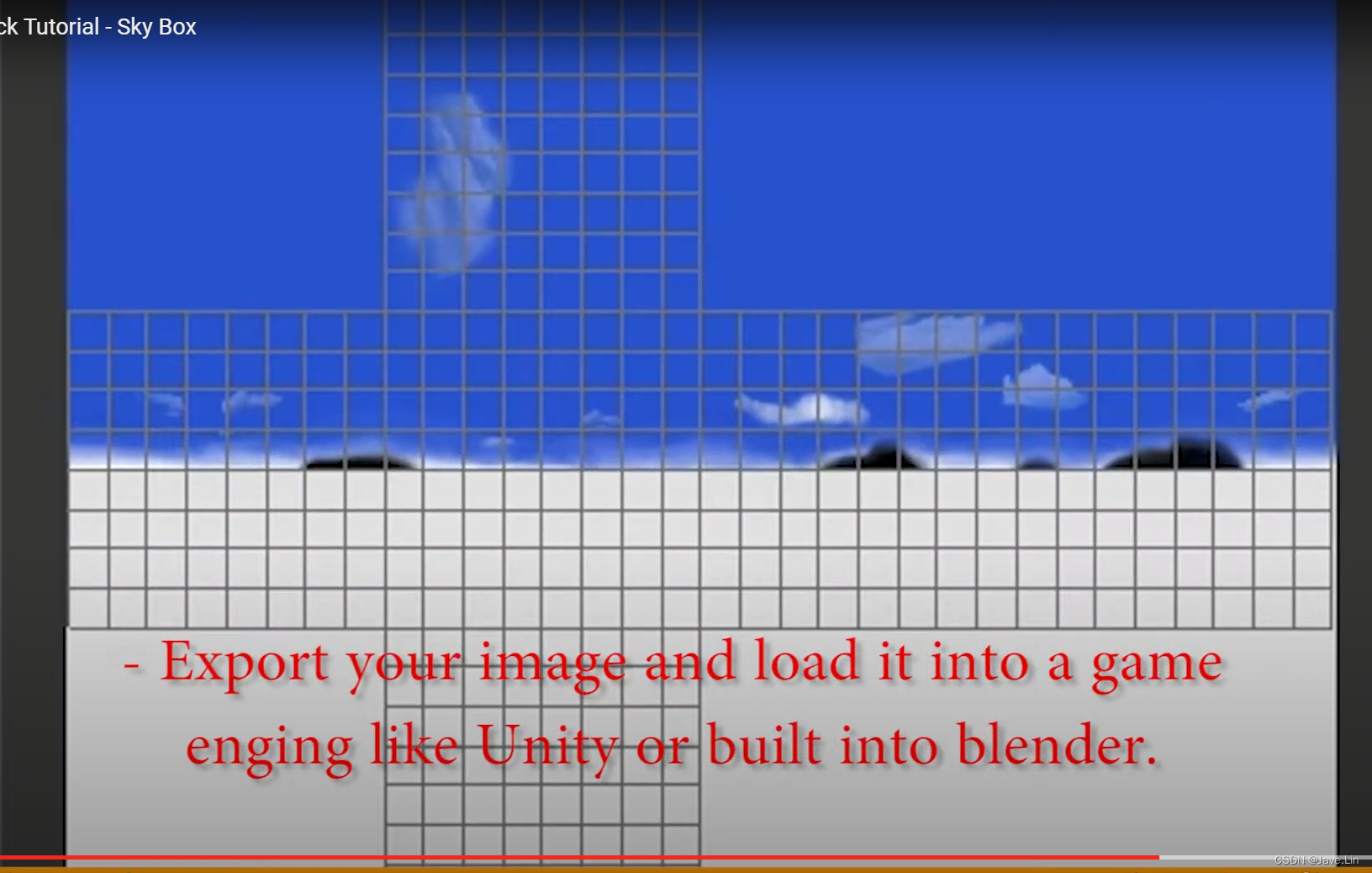
构造题目,考虑去除掉最后一行最后一列先进行考虑,假设除了最后一行和最后一列都已经排好了(你可以随便排),那么分析知最后一个数字由限制以外其他都已经确定了,无解的情况是k为-1
并且n,m的奇偶性不同其余均有解 并且方案数就是2**(n-1)*(m-1)%p 发现数很大,欧拉降幂
原式等价于2**(n-1)%(p-1)*(m-1)%(p-1) %p
#include<bits/stdc++.h>
using namespace std;
using ll=long long;
const int N = 2e5+10,p = 1e9+7;
ll n,m,k;
ll qmi(ll a,ll b,ll p){
ll ans = 1;
while(b){
if(b&1)
ans = ans*a%p;
b>>=1;
a = a*a%p;
}
return ans;
}
void solve()
{
cin>>n>>m>>k;
if(k==-1&&(n%2!=m%2))cout<<-1;
else{
ll t = ((n-1)%(p-1))*((m-1)%(p-1));
cout<<qmi(2,t,p);
}
}
int main()
{
ios::sync_with_stdio(0),cin.tie(0),cout.tie(0);
int _;
_ = 1;
while(_--)solve();
return 0;
}贴一个y总的分析图片
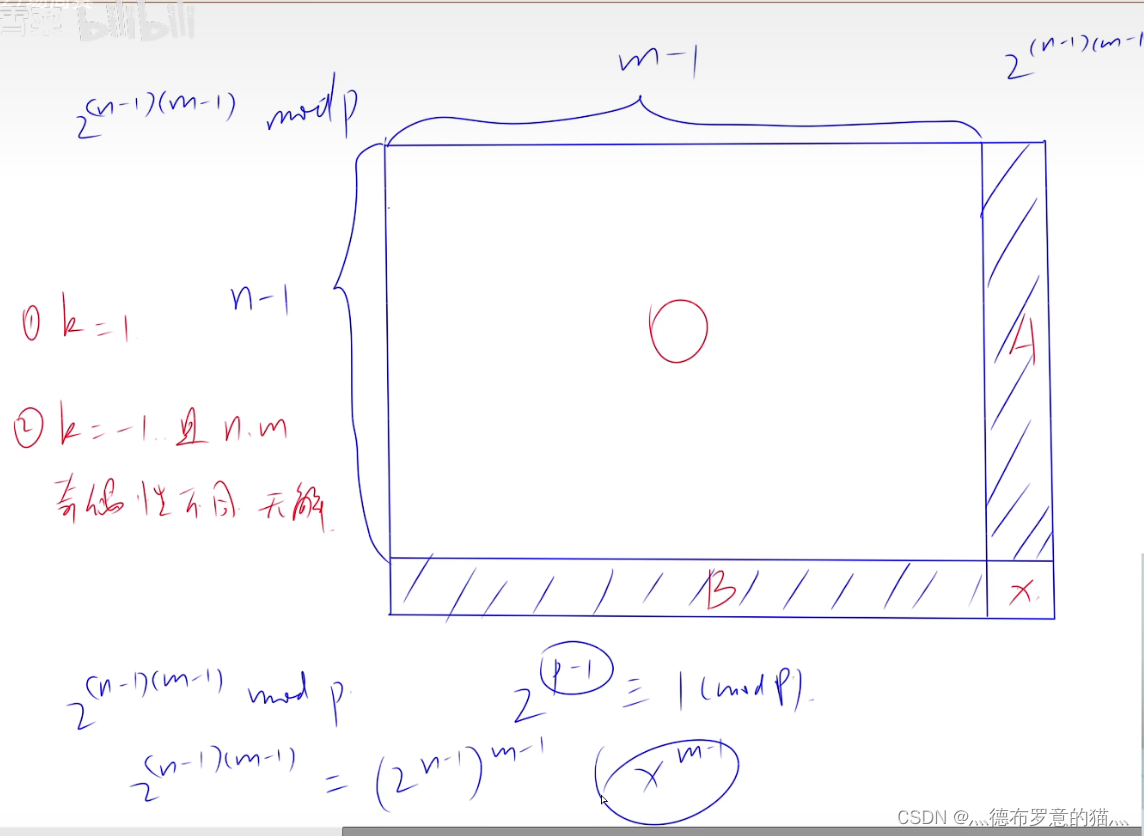 当然你写两次快速幂也是一样的,这里也是知道你底数可以随便模这个性质
当然你写两次快速幂也是一样的,这里也是知道你底数可以随便模这个性质
#include<bits/stdc++.h>
using namespace std;
using ll=long long;
const int N = 2e5+10,p = 1e9+7;
ll n,m,k;
ll qmi(ll a,ll b,ll p){
ll ans = 1;
while(b){
if(b&1)
ans = ans*a%p;
b>>=1;
a = a*a%p;
}
return ans;
}
void solve()
{
cin>>n>>m>>k;
if(k==-1&&(n%2!=m%2))cout<<0;
else{
// ll t = ((n-1)%(p-1))*((m-1)%(p-1));
// cout<<qmi(2,t,p);
ll t = qmi(2,m-1,p);
cout<<qmi(t,n-1,p);
}
}
int main()
{
ios::sync_with_stdio(0),cin.tie(0),cout.tie(0);
int _;
_ = 1;
while(_--)solve();
return 0;
}